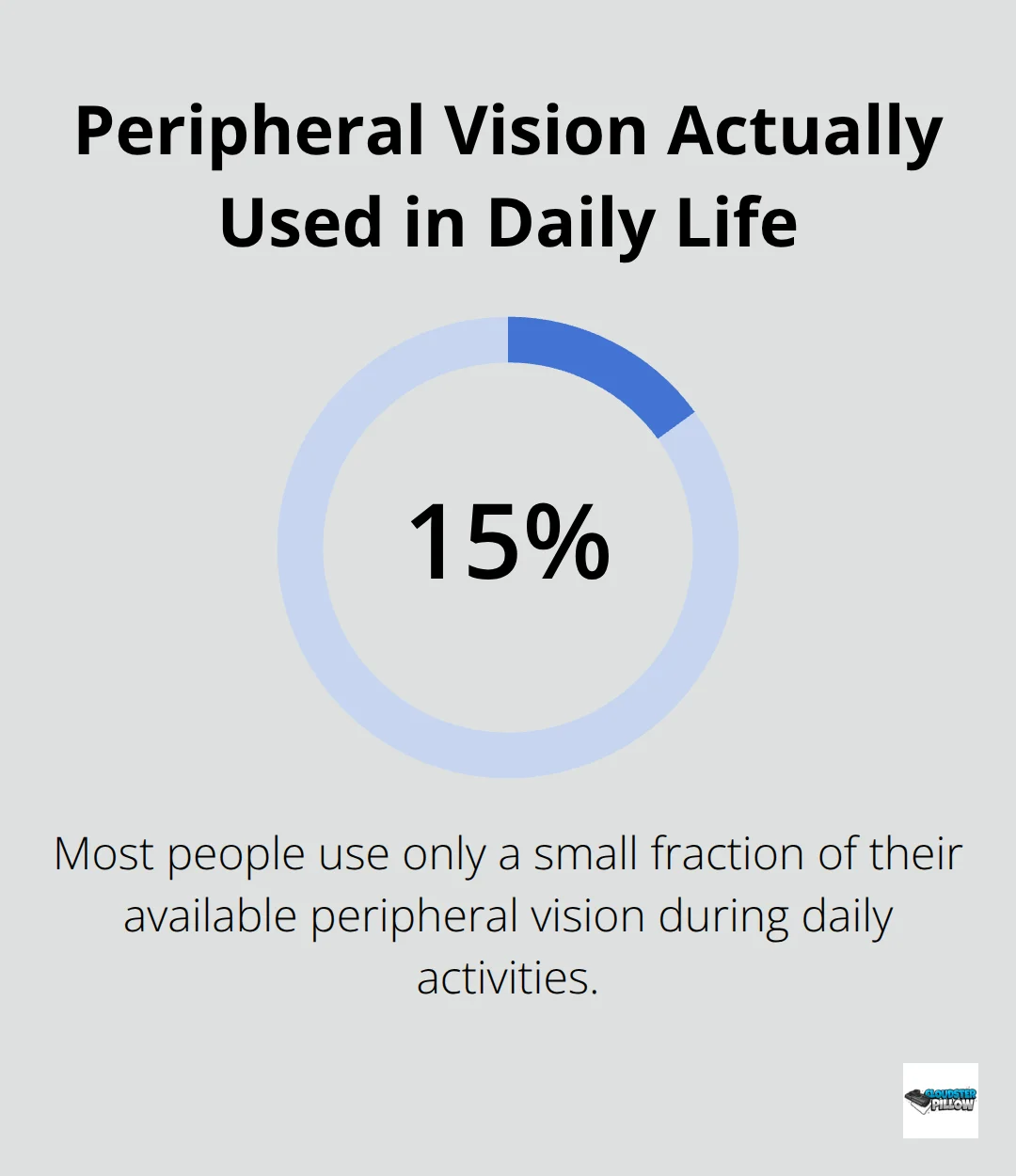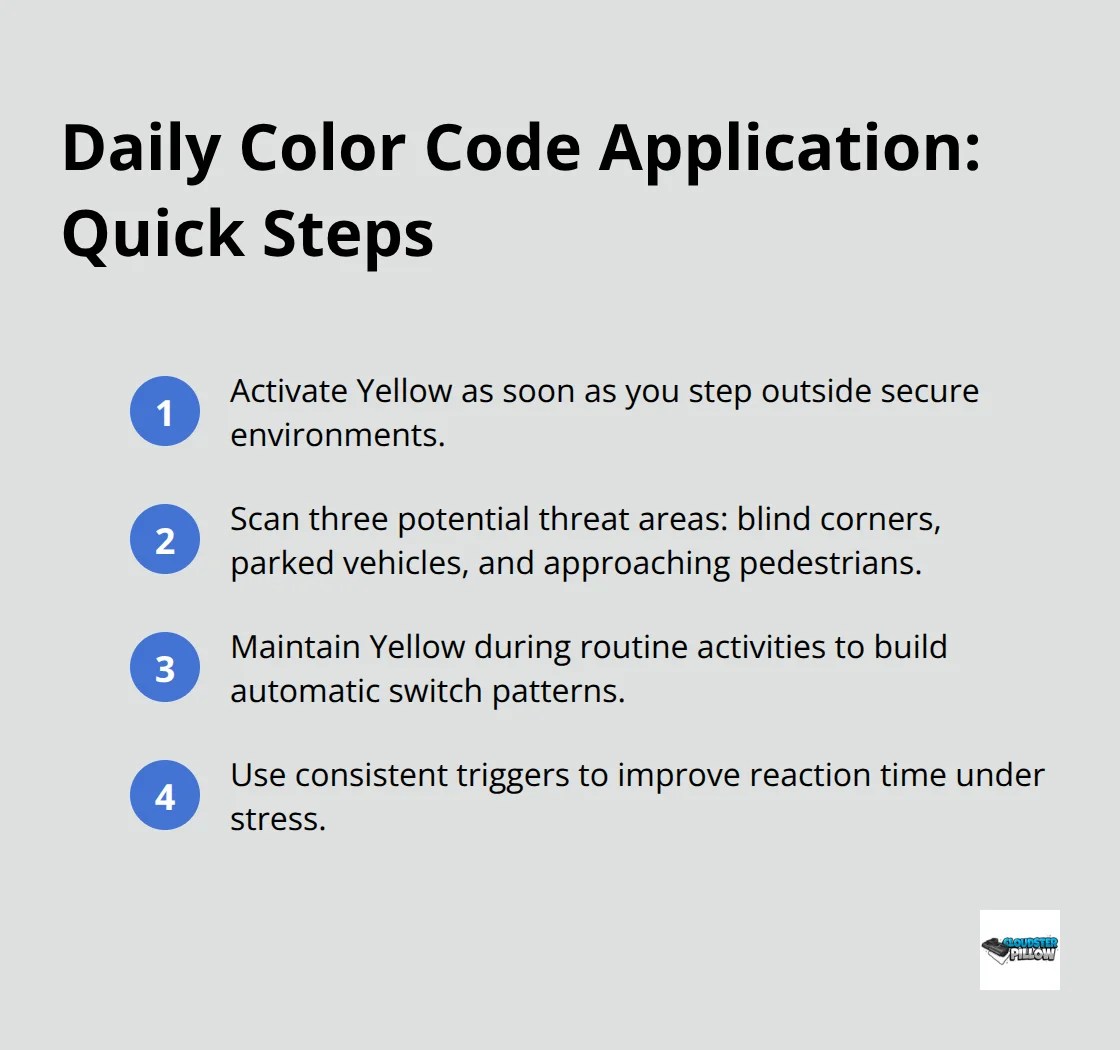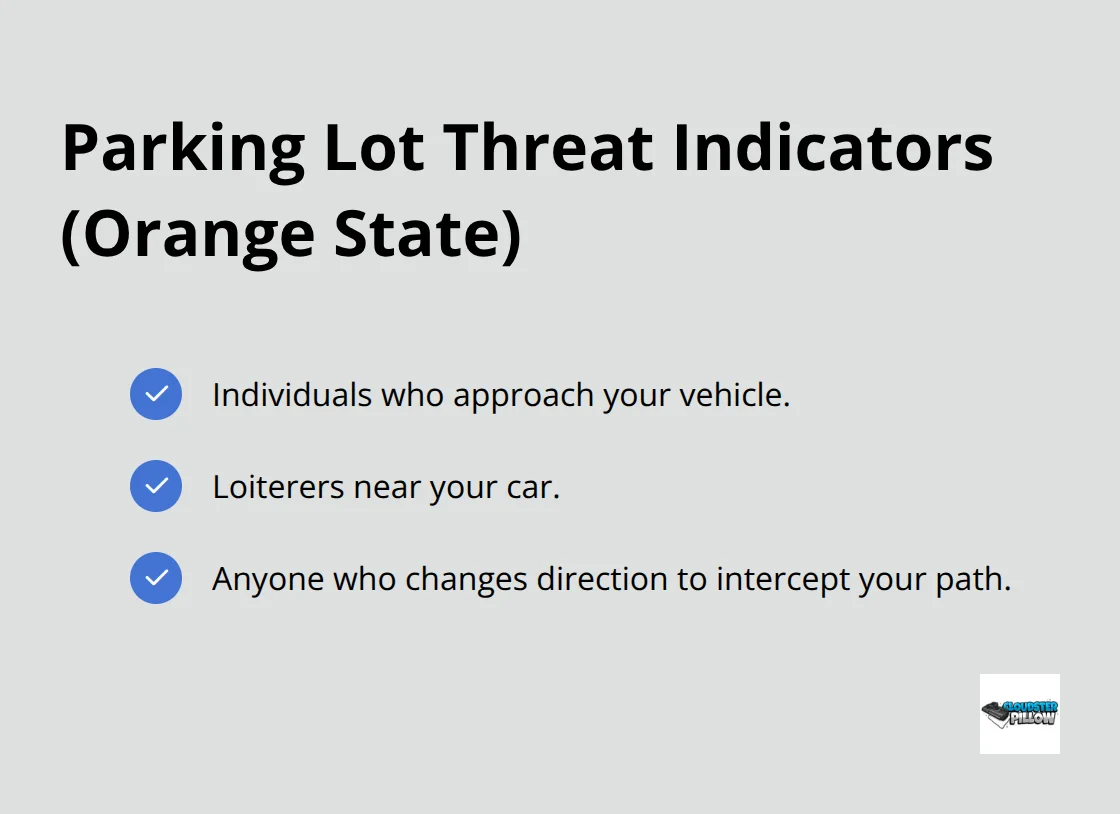CCW Courses and Tips
Daily Situational Awareness Exercises for CCW Holders
Situational awareness separates prepared CCW holders from those caught off guard. Most carriers focus on gear and training but overlook the mental skills that prevent dangerous situations entirely.
We at Cloudster Pillow know that true preparedness starts with your mindset, not your holster. These practical exercises will sharpen your observation skills and build the awareness habits that keep you safe every day.
How Do You Build Sharp Observation Skills
Master the Baseline Assessment Method
Effective observation starts with understanding what normal looks like in any environment. Walk into a coffee shop and spend 30 seconds as you catalog the standard activity patterns. Notice how customers typically move, where they sit, and their general behavior rhythms. This baseline becomes your reference point for detection of anything unusual.
The FBI teaches agents to establish environmental baselines within the first minute of entry into any space. Apply this same principle when you identify three normal behaviors immediately upon arrival anywhere. When someone breaks these patterns-stands too close to exits, avoids eye contact while they scan faces, or wears heavy clothes in warm weather-your trained mind will flag the anomaly instantly.
Expand Your Peripheral Vision Range
Most people use only 15% of their available peripheral vision during daily activities. Train this neglected skill with practice of the finger wiggle exercise. Hold your arms straight out to your sides while you look forward, then slowly bring your fingers into view as they wiggle. Work daily to expand this range until you can detect movement at nearly 180 degrees.

Combat veterans from Iraq and Afghanistan report that peripheral vision training significantly improved their threat detection capabilities. Practice this skill during routine activities like grocery shopping or walks through parking lots. Your peripheral vision will catch suspicious movements before your direct focus even shifts.
Spot Behavioral Red Flags in Groups
Crowds create natural camouflage for potential threats, but specific behaviors always stand out to trained observers. Watch for individuals who move against crowd flow, maintain excessive distance from others, or keep hands concealed while others gesture freely. These patterns indicate someone who operates with different intentions than the group around them.
Security professionals identify pre-attack indicators through systematic crowd observation. Focus on three specific markers: target glance behavior where someone repeatedly looks at potential victims, position movements that suggest escape route planning, and clothing choices that seem inappropriate for the weather or activity (heavy coats in summer heat or athletic wear in formal settings). Practice this skill at busy locations like airports or shopping centers where you can safely observe diverse crowd dynamics.
These observation skills form the foundation for the next level of awareness training. Situational awareness exercises transform everyday situations into training opportunities, keeping your skills sharp and ready. Cooper’s color code system provides the framework to organize these observations into actionable threat assessments.
How Do You Apply Cooper’s Color Code Daily
White to Yellow Transition Training
Most CCW holders spend dangerous amounts of time in Condition White, completely unaware of their surroundings. Jeff Cooper’s color code system provides a structured approach to maintain proper awareness levels throughout your day. Condition White represents total relaxation with zero threat awareness, while Condition Yellow means relaxed alertness where you actively scan for potential problems. The transition from White to Yellow should happen automatically when you leave secure environments like your home.
Practice this transition with specific triggers that shift your mental state. Step outside your front door and immediately activate Yellow awareness as you scan three potential threat areas: blind corners, parked vehicles, and approaching pedestrians. Law enforcement officers report that consistent Yellow state maintenance improves reaction time during actual threat encounters. Train this transition during routine activities like walks to your car, store entries, or ATM use. Your brain will develop automatic switch patterns that activate without conscious effort.

Environment-Specific Awareness Protocols
Different environments require different awareness intensities within Cooper’s system. Shopping centers demand sustained Yellow awareness due to multiple entry points, crowd density, and limited escape routes. Public transportation pushes you toward Orange readiness because confined spaces restrict movement options and increase vulnerability. Parking lots represent the highest risk environments where many CCW holders shift to Orange awareness automatically.
Parking lots and garages present significant security challenges that require heightened awareness protocols. Practice Orange state awareness as you identify specific threat indicators: individuals who approach your vehicle, loiterers near your car, or anyone who changes direction to intercept your path. Orange means you have identified a specific potential threat and begun mental preparation for action.

Red Condition Response Preparation
Red condition requires immediate defensive action when a threat becomes imminent and unavoidable. This state demands split-second decisions about cover, concealment, and response options. Train your Red condition responses through mental rehearsal scenarios that match your daily environments. Visualize specific actions you would take if someone approached aggressively in a parking lot or if suspicious behavior escalated to direct confrontation.
These color code applications work best when combined with specific environmental training that tests your awareness skills in real-world settings. Shopping centers, public transportation, and parking areas each present unique challenges that require targeted practice approaches.
Where Should You Practice Real-World Awareness
Shopping Centers Present Complex Threat Scenarios
Shopping malls and retail locations offer perfect environments for awareness practice because they combine crowds, multiple entry points, and distraction-rich settings. Position yourself near store entrances for 5 minutes and count how many people enter without they scan their surroundings. Most shoppers maintain dangerous tunnel vision focused on merchandise displays rather than potential threats. Train yourself to identify the three nearest exits within 10 seconds of entry into any store, then practice location of cover positions behind solid structures like concrete pillars or heavy display fixtures.
Retail locations experience higher crime rates with shoplifting levels remaining elevated compared to pre-pandemic rates. Use busy periods to practice crowd assessment techniques where you identify individuals who move differently than typical shoppers. Watch for people who avoid security cameras, maintain excessive distance from store personnel, or carry bags that seem inconsistent with their behavior. These exercises sharpen your ability to spot pre-criminal surveillance activities that often precede theft or assault attempts.
Public Transportation Demands Constant Vigilance
Buses, trains, and subway systems create confined environments where escape options become severely limited. Practice the corner position technique where you select seats that provide maximum visibility of other passengers while you keep your back protected. Count exit doors immediately upon entry and identify which passengers seem unusually interested in other riders rather than their phones or destinations. Transportation hubs require Orange condition awareness because confined spaces amplify threat potential significantly.
Vehicle Approaches Need Systematic Protocols
Parking lots represent the highest risk environments for CCW holders because attackers use vehicles for concealment and approach cover. Walk to your car with the diamond scan pattern where you check left-right-behind in systematic sweeps every 10 steps. Keep your keys ready before you reach your vehicle and maintain 360-degree awareness until you lock the doors. Violent crimes frequently occur in parking facilities, making vehicle approach protocols your most important daily practice routine.
Gas Stations Require Special Attention
Gas stations present unique vulnerability windows where you stand exposed while fuel pumps. Position your vehicle so the driver door faces away from street traffic and maintain visual contact with your surroundings throughout the process. Watch for individuals who approach on foot rather than arrive in vehicles, or anyone who lingers near pumps without apparent purpose. Keep your head up and scan continuously rather than focus on your phone during this exposed time.
Final Thoughts
Daily situational awareness practice transforms CCW holders from reactive to proactive defenders. These exercises build mental muscle memory that activates automatically during high-stress encounters. Baseline assessment, peripheral vision expansion, and Cooper’s color code system work together to create comprehensive threat detection capabilities.
Consistency matters more than perfection when you develop these skills. Practice these techniques during routine activities like grocery shopping, commutes, and parking lot walks. Your observation skills will sharpen gradually until threat recognition becomes second nature (most carriers focus exclusively on draw speed and accuracy while they neglect the mental preparation that prevents confrontations entirely).
Physical comfort directly impacts your ability to maintain proper situational awareness levels throughout long days. Discomfort from poor holster fit creates distractions that pull your focus away from environmental scanning. We at Cloudster Pillow understand that true readiness combines mental preparation with physical comfort, which is why our holster wedge enhances all-day concealment for AIWB and IWB holsters, letting you focus on awareness training instead of gear adjustments.

